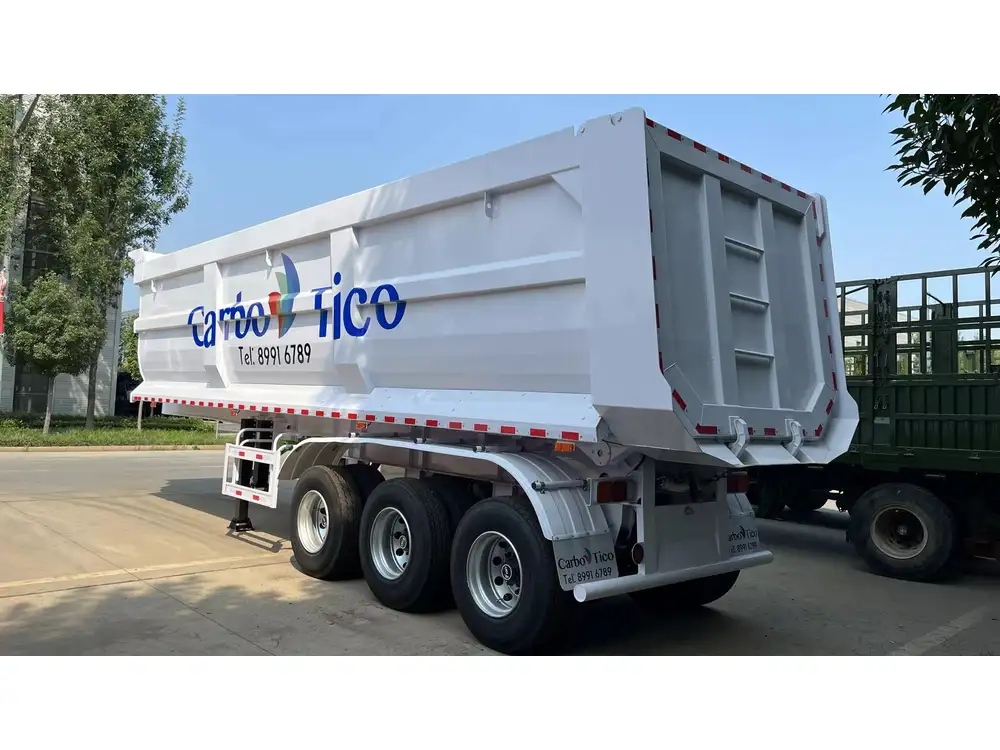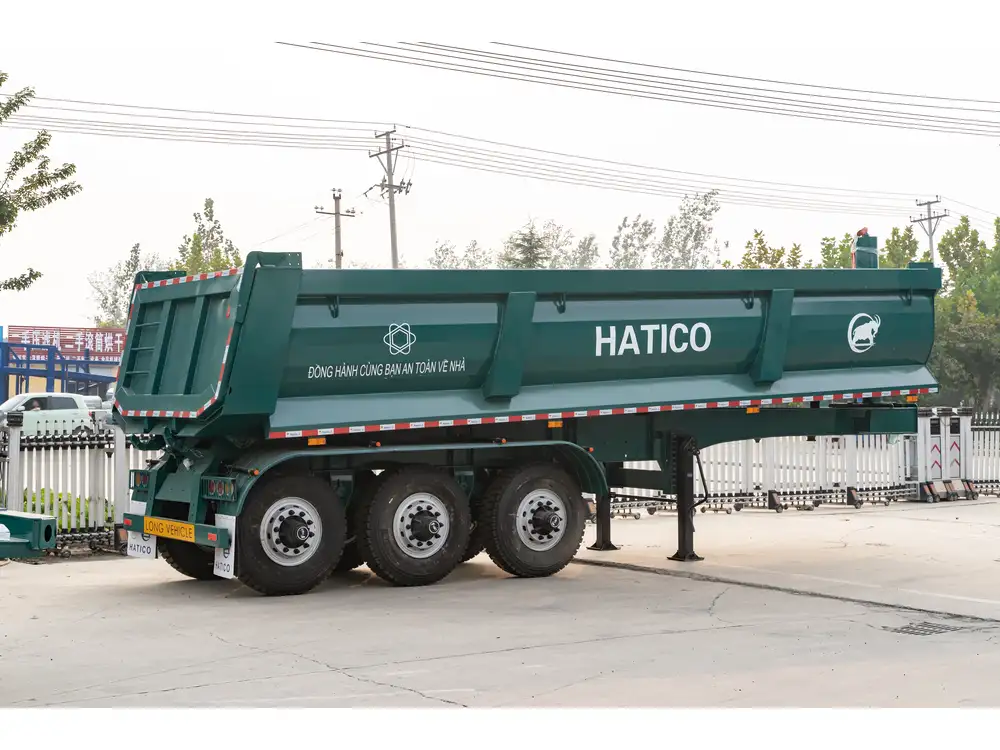When designing a trailer park, particularly one accommodating 12 units, understanding waste management systems—primarily septic tanks—becomes critically important. This article will delve into the requirements and considerations for determining how many septic tanks are necessary for a 12-unit trailer park.
Understanding Septic Systems: The Basics
Before diving into calculations, it’s vital to understand how septic systems operate. A septic system typically includes a tank and a drain field. Wastewater flowing from the trailer units enters the septic tank, where solids settle to the bottom, and scum rises to the top. The liquid effluent then flows into the drain field for further treatment and absorption into the soil.
Components of a Septic System
- Septic Tank: The primary chamber where solids settle and anaerobic digestion occurs.
- Drain Field: A network of perforated pipes in a gravel-filled trench where treated effluent is further purified by soil.
- Pump Chamber (optional): A system that pumps effluent to a higher elevation if gravity drainage isn’t feasible.

Factors Influencing Septic System Design
Several parameters influence the design and number of septic tanks needed for a 12-unit trailer park, including:
Daily Wastewater Flow Rate: This is calculated based on the expected usage of each trailer unit.
- Average wastewater flow per person: 50-70 gallons/day.
- Assume each trailer occupies a family of 4: Estimated daily flow per unit = 200-280 gallons.
- Total for 12 units: 2,400-3,360 gallons/day.
Tank Size: The size of the septic tank is crucial for effective treatment.
- A standard septic tank is often 1,000 to 1,500 gallons for single-family homes.
- For multiple units, tank sizes of 2,000 to 3,000 gallons may be necessary.
Soil Type: The percolation rate of the soil impacts how water is absorbed in the drain field. Sandy soils drain quickly, while clay soils require more extensive systems.
Local Regulations and Codes: Different regions have various guidelines regarding septic system design, including tank sizes and distances from property lines or water sources.
Calculation of Septic Tank Quantity for a 12-Unit Trailer Park
To determine the number of septic tanks required, we need to analyze the total daily wastewater generation and the capacity of individual tanks.
Daily Wastewater Estimate
- Total residents: 12 units × 4 people/unit = 48 people.
- Daily flow: 48 people × 70 gallons/person = 3,360 gallons/day.

Choosing the Right Tank Capacity
If we use a standard tank size of 2,000 gallons:
- 3,360 gallons/day ÷ 2,000 gallons = 1.68 tanks needed. Rounding up, we would require 2 tanks.
If we use a larger tank size of 3,000 gallons:
- 3,360 gallons/day ÷ 3,000 gallons = 1.12 tanks needed. Rounding up, we would still require 2 tanks.
Summary of Septic Tank Requirements
| Daily Wastewater Generation | Tank Size | Number of Tanks Required |
|---|---|---|
| 3,360 gallons | 2,000 gallons | 2 tanks |
| 3,360 gallons | 3,000 gallons | 2 tanks |
In both scenarios, a design consideration of 2 septic tanks will adequately service the 12-unit trailer park.
Important Considerations Beyond Quantity
While the number of septic tanks is a vital consideration, other elements should not be overlooked to ensure efficient operation and maintenance of the system.

Maintenance Schedule and Practices
Regular maintenance extends the lifespan of septic systems and ensures they function efficiently. Recommended practices include:
- Pumping: Tanks should be pumped every 3-5 years, depending on usage.
- Inspections: Annual inspections can identify issues before they escalate.
Environmental Impact
It’s crucial to assess the environmental impact of the septic system:
- Soil Testing: Conduct comprehensive soil tests to understand drainage capabilities.
- Separation Distances: Maintain proper distances from wells, ponds, and other water sources to prevent contamination.
Backup Systems
Consider incorporating backup systems, especially in areas prone to heavy rains or flooding. For instance:
- Dry Wells: Additional drainage systems can help manage peak flow periods.
- Holding Tanks: These can temporarily store excess wastewater until it can be processed.

Cost Analysis
Understanding the financial implications of installing that number of septic tanks is vital:
- Installation Costs: The cost typically ranges from $3,000 to $10,000 per tank, depending on local prices and soil conditions.
- Long-term Maintenance: Factor in regular pumping and any necessary repairs; average annual costs can range from $300 to $500.
Regulations and Permits
Before proceeding with the installation, obtaining the relevant permits is essential:
- Local Health Department: Most areas will require a permit to install or modify septic systems.
- Zoning Regulations: Verify that no local zoning laws restrict the number of units allowed to share a septic system.
| Regulatory Aspect | Details |
|---|---|
| Permits | Required from local health department |
| Soil Testing | Necessary to assess soil percolation |
| Zoning Compliance | Verify that design adheres to local laws |
Conclusion
Establishing adequate sewage management is paramount in constructing a 12-unit trailer park. After a comprehensive analysis considering daily flow rates, tank sizes, and local regulations, we find that two septic tanks are recommended for effective operation. Beyond just quantity, examining maintenance, environmental impacts, and regulatory compliance ensures long-lasting, efficient functionality of the waste management system.
By proactively addressing these elements, we can create an environmentally sustainable and effective sewage management system that meets the needs of residents while adhering to safety standards. This essential planning step not only boosts livability but also safeguards the surrounding ecosystem from potential contamination.
Whether you’re an investor, a developer, or an operator of a trailer park, understanding the intricacies of septic system design enables informed decisions that contribute positively to both community health and regulatory compliance.



